The Cotton Seed for Sowing Market has witnessed considerable developments owing to rising demand for high-quality cotton production fueled by changing consumer preferences and increasing textile consumption.
The competitive landscape of this market is characterized by the participation of various stakeholders including multinational corporations, regional players, and emerging companies focusing on innovation, sustainable practices, and enhanced seed technologies. Competition is driven by factors such as seed performance, yield potential, resistance to pests and diseases, and adaptability to different climatic conditions.
Companies are engaging in strategic collaborations, mergers, and acquisitions to strengthen their market presence and enhance product portfolios. The emphasis has also shifted towards the development of genetically modified seeds that promise better yields and lower environmental impact, which is crucial considering the evolving regulatory frameworks and sustainability concerns within the agricultural sector.
Bayer plays a substantial role in the Cotton Seed for Sowing Market owing to its strength in research and development, which allows it to deliver innovative and high-yielding cotton seed varieties. The company invests heavily in biotechnology and is renowned for its advanced breeding techniques, which enhance the traits of cotton seeds, such as drought tolerance, pest and disease resistance, and overall productivity.
Bayer's established footprint enables it to optimize distribution networks and cater to diverse agricultural needs in various regions, providing a competitive edge in market reach. Furthermore, Bayer's commitment to sustainability and environmentally friendly practices positions it favorably among consumers who prioritize sustainable sourcing.
The company also invests in developing educational programs for farmers, empowering them with the knowledge needed to maximize their cotton yield, enhancing customer loyalty and brand reputation across the market.
Seed Co Limited is a notable player within the Cotton Seed for Sowing Market, recognized for its strong regional influence, particularly in Africa and parts of Asia. The company focuses on developing adaptation-specific cotton seed varieties that are well-suited for local farming practices and climates, thereby enhancing the productivity of smallholder farmers.
Seed Co Limited has built a reputation for high-quality seeds that perform favorably compared to competitors, primarily due to their robust research and development efforts tailored to meet the unique challenges of the cotton-growing environments in the regions they serve. The company's extensive distribution channels and focus on customer engagement create a loyal client base that contributes to its market strength.
With a commitment to sustainable agricultural practices, Seed Co Limited continues to reinforce its position as a leading seed solutions provider, adapting to the evolving agricultural landscape while ensuring that the solutions align with the needs of the farming community.



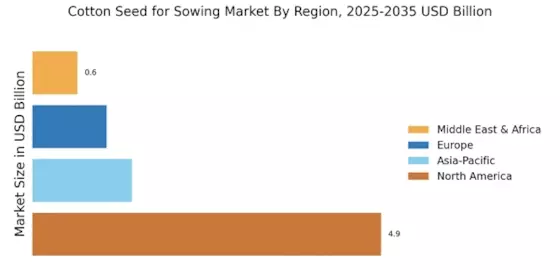

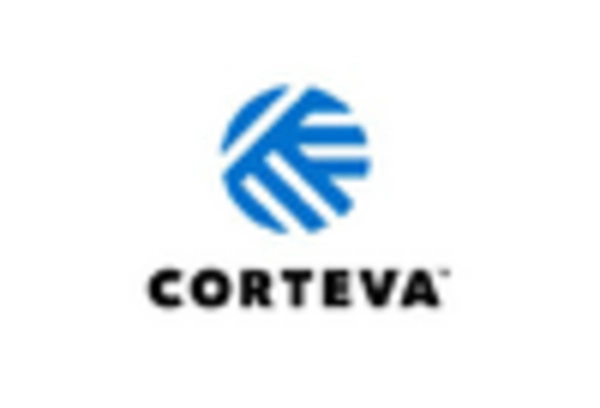
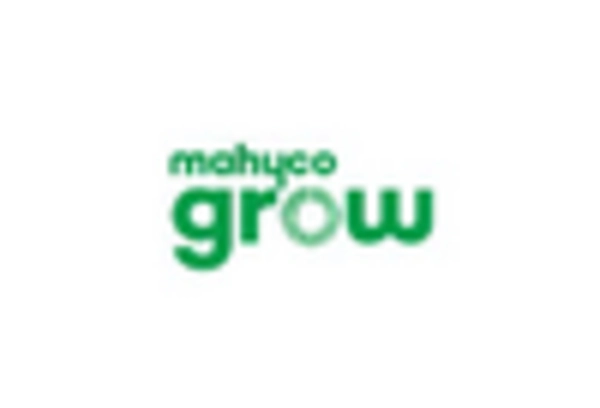
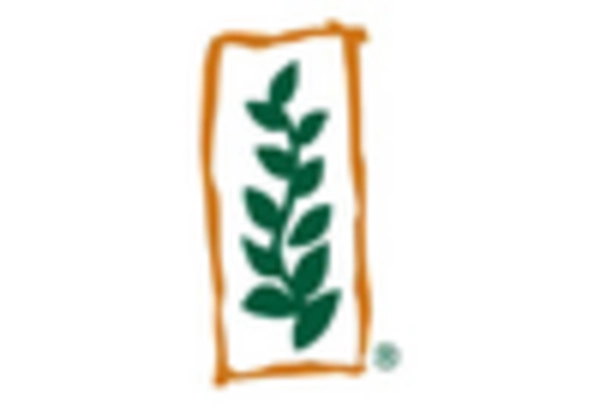
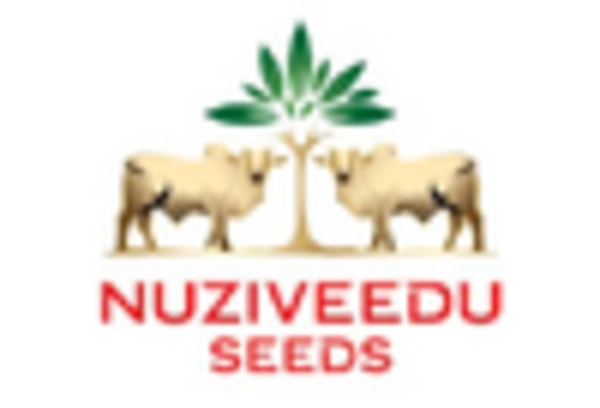









Leave a Comment